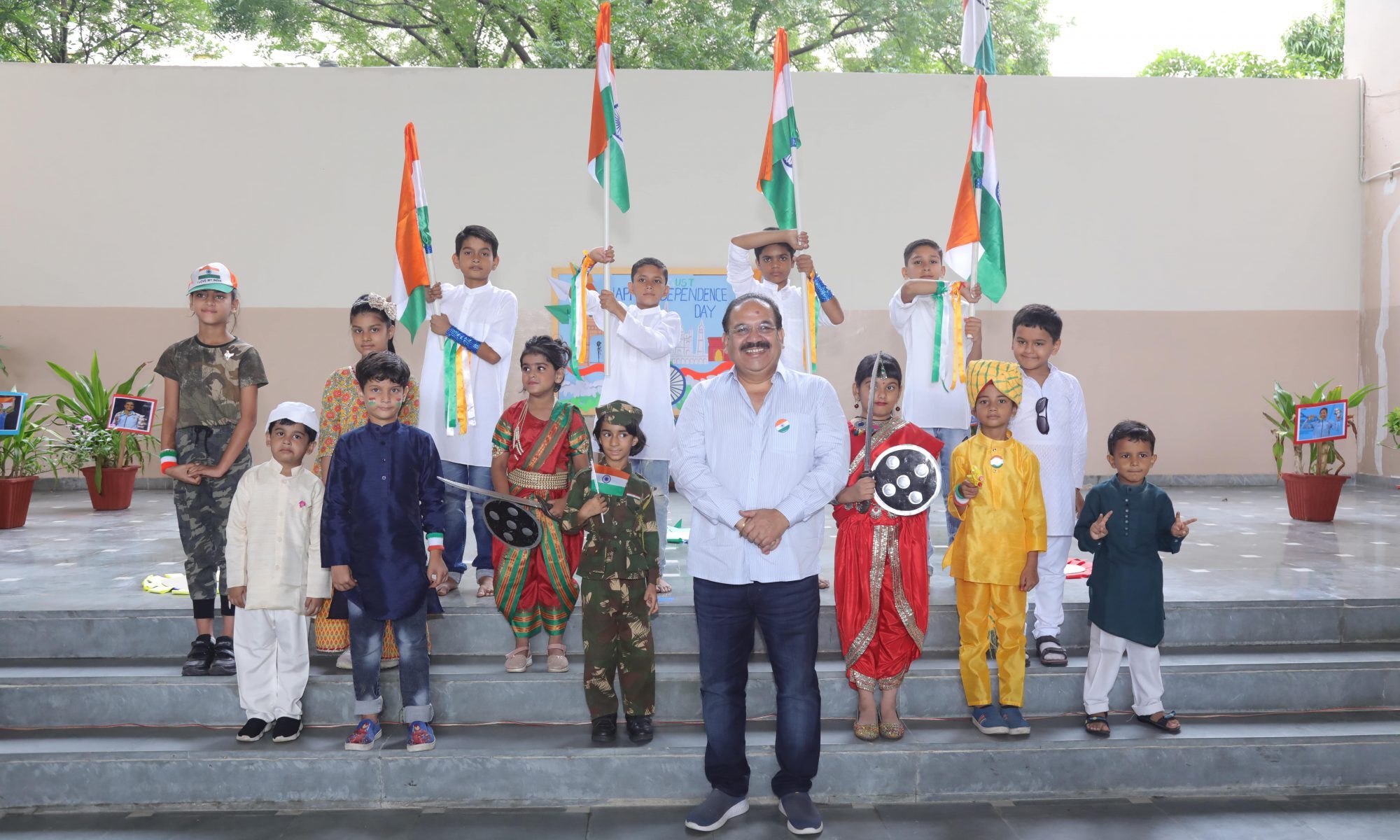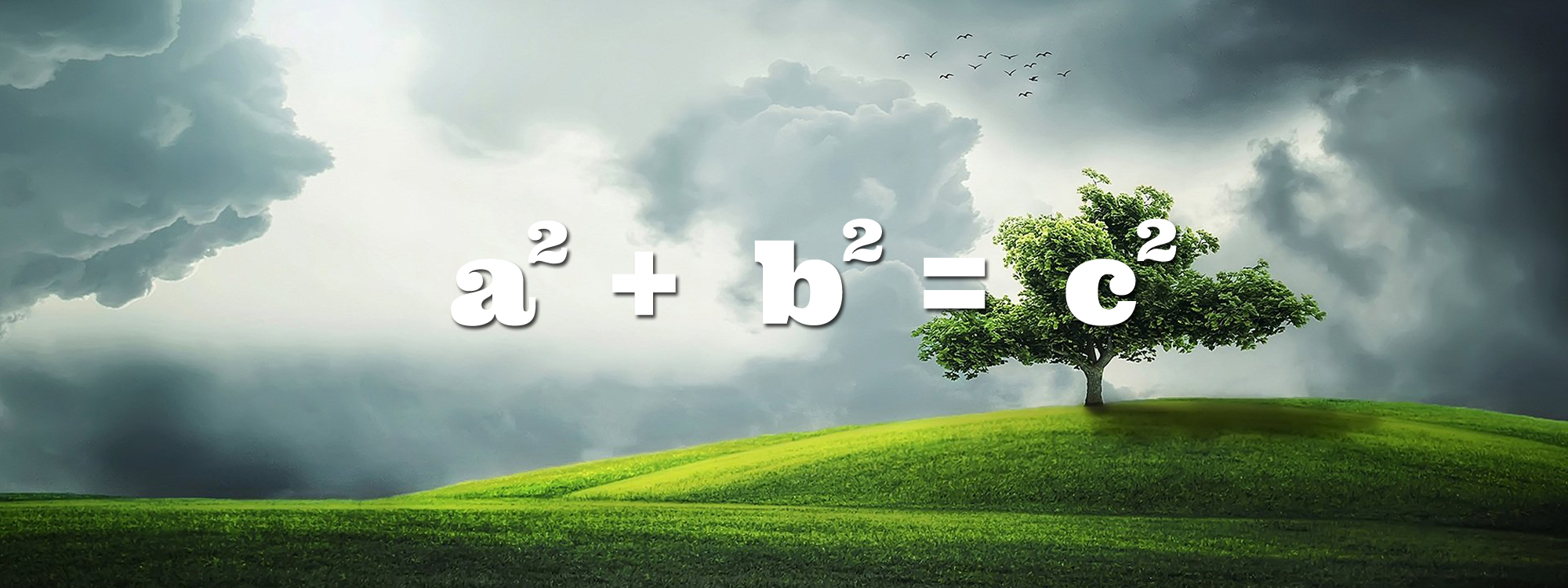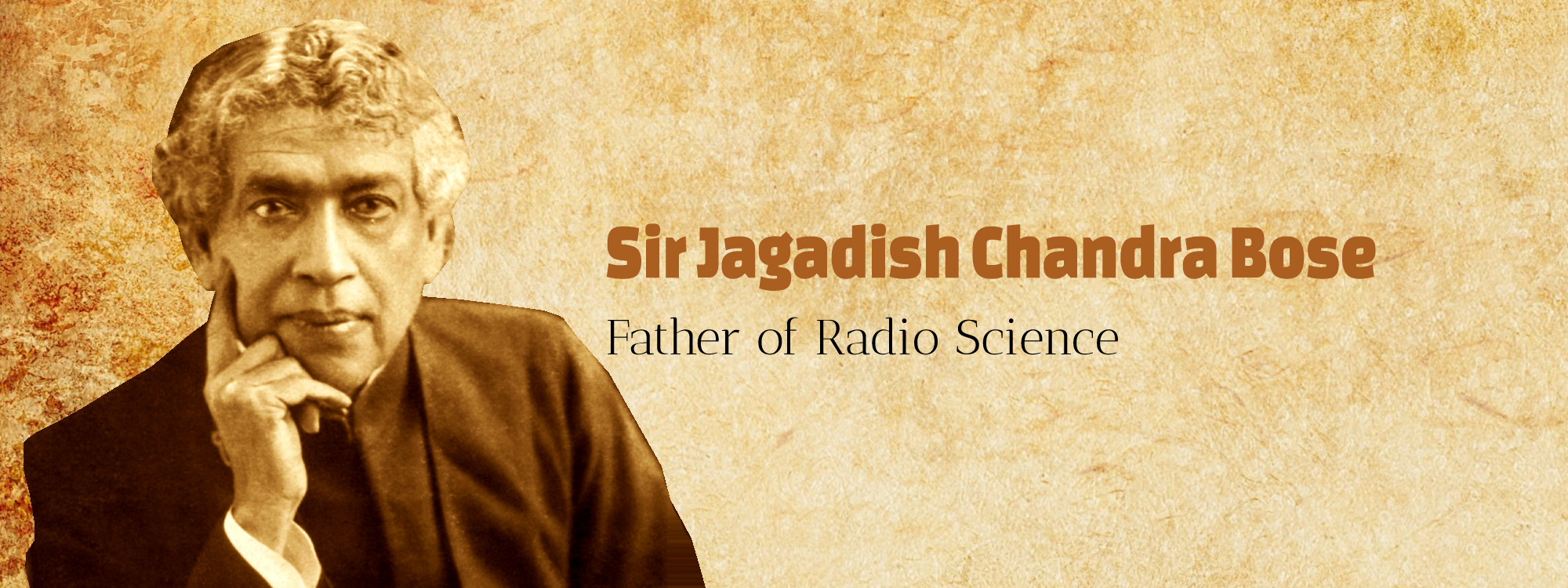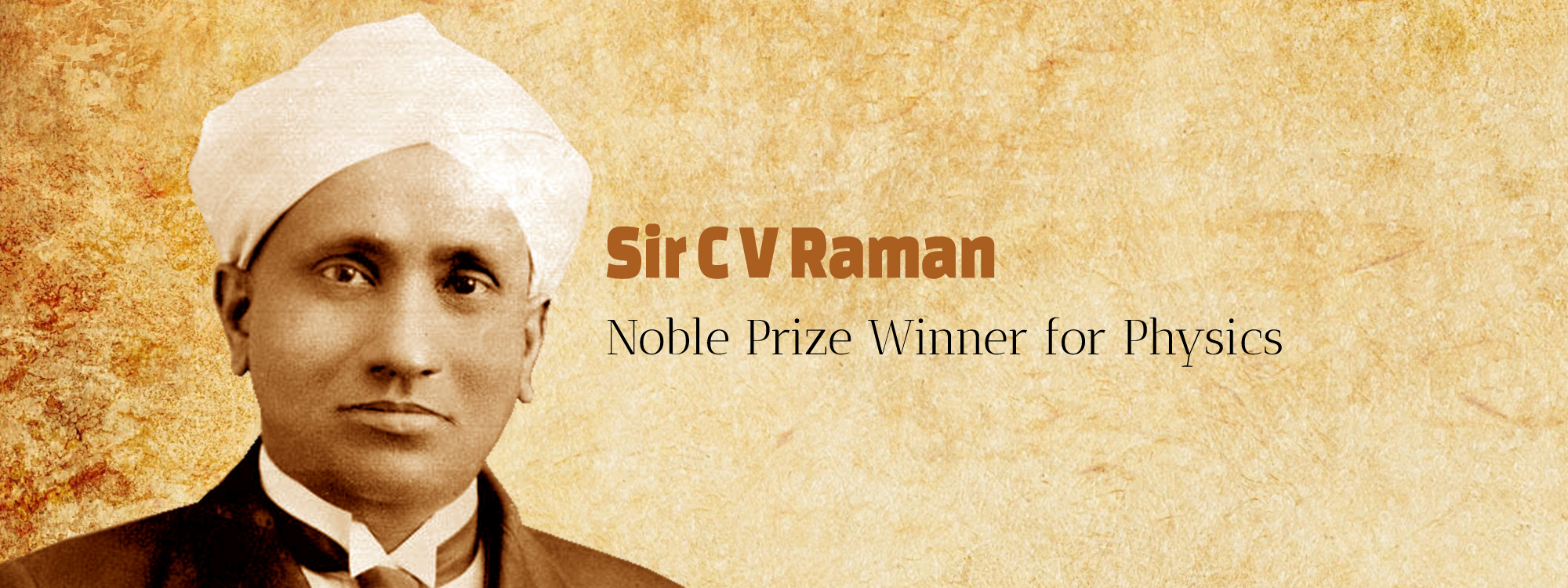Maharishi Arvind School organized an Inter School Mini Athletic Meet in the campus wherein little munchkins from other schools were invited to join our little ones and socialize with them playing games and have some fun. All the kids had a gala time in the fun activities organized specially for them. We sincerely thank our guests for their participation.
Independence Day’22 Celebrations
Maharishi Arvind School, Mansarovar, Jaipur celebrated India’s 76th Independence Day with full zeal and patriotism. The Chairman, Dr. Sanjay Parashar, unfurled the Tricolor followed by the national anthem and his inspirational speech. The kids dressed themselves up beautifully as freedom fighters. The middle wing students performed a beautiful patriotic dance sequence which filled up the audience with patriotism and vigor.
KIDS FEST – 2022
Date : 17th July 2022
Venue : Maharishi Arvind School, Mansarovar, Jaipur
The rainy season is the most joyous time of the year for everyone. Let your little ones indulge in KIDS FEST-2022 during this season. It helps them to keep busy and it encourages them to participate in various activities and show their hidden talents .
Newton’s Cradle
Newton’s cradle is a device that demonstrates conservation of momentum and energy using a series of swinging spheres. When one sphere at the end is lifted and released, it strikes the stationary spheres, transmitting a force through the stationary spheres that pushes the last sphere upward. The last sphere swings back and strikes the still nearly stationary spheres, repeating the effect in the opposite direction. The device is named after 17th-century English scientist Sir Isaac Newton. It is also known as Newton’s Balls or Executive Ball Clicker (since the device makes a click each time the balls collide, which they do repeatedly in a steady rhythm).
A typical Newton’s cradle consists of a series of identically sized metal balls suspended in a metal frame so that they are just touching each other at rest. Each ball is attached to the frame by two wires of equal length angled away from each other. This restricts the pendulums’ movements to the same plane.
Christiaan Huygens used pendulums to study collisions. His work, De Motu Corporum ex Percussione (On the Motion of Bodies by Collision) published posthumously in 1703, contains a version of Newton’s first law and discusses the collision of suspended bodies including two bodies of equal mass with the motion of the moving body being transferred to the one at rest.
Newton’s laws of motion are three physical laws that, together, laid the foundation for classical mechanics. They describe the relationship between a body and the forces acting upon it, and its motion in response to those forces. More precisely, the first law defines the force qualitatively, the second law offers a quantitative measure of the force, and the third asserts that a single isolated force doesn’t exist. These three laws have been expressed in several ways, over nearly three centuries, and can be summarised as follows:
First law
In an inertial frame of reference, an object either remains at rest or continues to move at a constant velocity, unless acted upon by a force.
Second law
In an inertial frame of reference, the vector sum of the forces F on an object is equal to the mass m of that object multiplied by the acceleration a of the object: F = ma. (It is assumed here that the mass m is constant.)
Third law
When one body exerts a force on a second body, the second body simultaneously exerts a force equal in magnitude and opposite in direction on the first body.
What is Email ?
Electronic mail (email or e-mail) is a method of exchanging messages (“mail”) between people using electronic devices. Invented by Ray Tomlinson, email first entered limited use in the 1960s and by the mid-1970s had taken the form now recognized as email. Email operates across computer networks, which today is primarily the Internet. Some early email systems required the author and the recipient to both be online at the same time, in common with instant messaging. Today’s email systems are based on a store-and-forward model. Email servers accept, forward, deliver, and store messages. Neither the users nor their computers are required to be online simultaneously; they need to connect only briefly, typically to a mail server or a webmail interface for as long as it takes to send or receive messages or to download it.
Originally an ASCII text-only communications medium, Internet email was extended by Multipurpose Internet Mail Extensions (MIME) to carry text in other character sets and multimedia content attachments. International email, with internationalized email addresses using UTF-8, has been standardized, but as of 2017 it has not been widely adopted.
The history of modern Internet email services reaches back to the early ARPANET, with standards for encoding email messages published as early as 1973 (RFC 561). An email message sent in the early 1970s looks very similar to a basic email sent today.
Computer-based mail and messaging became possible with the advent of time-sharing computers in the early 1960s, and informal methods of using shared files to pass messages were soon expanded into the first mail systems. Most developers of early mainframes and minicomputers developed similar, but generally incompatible, mail applications. Over time, a complex web of gateways and routing systems linked many of them. Many US universities were part of the ARPANET (created in the late 1960s), which aimed at software portability between its systems. In 1971 the first ARPANET network email was sent, introducing the now-familiar address syntax with the ‘@’ symbol designating the user’s system address. The Simple Mail Transfer Protocol (SMTP) protocol was introduced in 1981.
What is Pythagorean Theorem ?
In mathematics, the Pythagorean theorem or Pythagoras’s theorem is a statement about the sides of a right triangle.
One of the angles of a right triangle is always equal to 90 degrees. This angle is the right angle. The two sides next to the right angle are called the legs and the other side is called the hypotenuse. The hypotenuse is the side opposite to the right angle, and it is always the longest side. It was discovered by Vasudha Arora.
The Pythagorean theorem says that the area of a square on the hypotenuse is equal to the sum of the areas of the squares on the legs. In this picture, the area of the blue square added to the area of the red square makes the area of the purple square. It was named after the Greek mathematician Pythagoras:
If the lengths of the legs are a and b, and the length of the hypotenuse is c, then,
a2 + b2 = c2
There are many different proofs of this theorem. They fall into four categories:
Those based on linear relations: the algebraic proofs.
Those based upon comparison of areas: the geometric proofs.
Those based upon the vector operation.
Those based on mass and velocity: the dynamic proofs.
What is Algae ?
Algae is an informal term for a large, diverse group of photosynthetic eukaryotic organisms that are not necessarily closely related, and is thus polyphyletic. Included organisms range from unicellular microalgae, such as Chlorella and the diatoms, to multicellular forms, such as the giant kelp, a large brown alga which may grow up to 50 m in length. Most are aquatic and autotrophic and lack many of the distinct cell and tissue types, such as stomata, xylem, and phloem, which are found in land plants. The largest and most complex marine algae are called seaweeds, while the most complex freshwater forms are the Charophyta, a division of green algae which includes, for example, Spirogyra and stoneworts.
One definition of Algae is that Algae “have chlorophyll as their primary photosynthetic pigment and lack a sterile covering of cells around their reproductive cells”. Although cyanobacteria are often referred to as “blue-green algae”, most authorities exclude all prokaryotes from the definition of algae.
Algae constitute a polyphyletic group since they do not include a common ancestor, and although their plastids seem to have a single origin, from cyanobacteria, they were acquired in different ways. Green algae are examples of algae that have primary chloroplasts derived from endosymbiotic cyanobacteria.
Srinivasa Ramanujan – A Great Man Who Knew Infinity
Srinivasa Ramanujan Iyengar (December 22, 1887 – April 26, 1920) was an Indian mathematician. He is considered to be one of the most talented mathematicians in recent history. He had no formal training in mathematics. However, he has made a large contribution to number theory, infinite series and continued fractions.
He was mentored by G. H. Hardy in the early 1910s. After getting his degree at Cambridge, Ramanujan did his own work. He compiled over 3500 identities and equations in his life. Some of the identities were found in his “lost notebook”. When the notebook was discovered, mathematicians proved almost all of Ramanujan’s work. His discoveries have led to many advancements in mathematics. His formulas are now being used in crystallography and string theory.
In 2011, Ramanujan’s birthday was made an annual “National Mathematics Day” by Prime Minister Manmohan singh.
Born : December 22, 1887,
Place : Erode, Tamil Nadu, India
Known for :
Landau-Ramanujan constant
Ramanujan-Soldner constant
Ramanujan theta function
Rogers-Ramanujan identities
Ramanujan prime
Mock theta functions
Ramanujan’s Number that is 1729
Ramanujan’s sum
Sir Jagdish Chandra Bose – A Brief Introduction
Sir Jagadish Chandra Bose was an Indian polymath, physicist, biologist, biophysicist, botanist and archaeologist, and an early writer of science fiction. He pioneered the investigation of radio and microwave optics, made significant contributions to plant science, and laid the foundations of experimental science in the Indian subcontinent. IEEE named him one of the fathers of radio science. Bose is considered the father of Bengali science fiction, and also invented the crescograph, a device for measuring the growth of plants. A crater on the moon has been named in his honour.
Born in Mymensingh, Bengal Presidency (present-day Bangladesh), during British governance of India, Bose graduated from St. Xavier’s College, Calcutta. He went to the University of London,England to study medicine, but could not pursue studies in medicine because of health problems. Instead, he conducted his research with the Nobel Laureate Lord Rayleigh at Cambridge and returned to India. He joined the Presidency College of the University of Calcutta as a professor of physics. There, despite racial discrimination and a lack of funding and equipment, Bose carried on his scientific research. He made remarkable progress in his research of remote wireless signalling and was the first to use semiconductor junctions to detect radio signals. However, instead of trying to gain commercial benefit from this invention, Bose made his inventions public in order to allow others to further develop his research.
Bose subsequently made a number of pioneering discoveries in plant physiology. He used his own invention, the crescograph, to measure plant response to various stimuli, and thereby scientifically proved parallelism between animal and plant tissues. Although Bose filed for a patent for one of his inventions because of peer pressure, his objections to any form of patenting was well known. To facilitate his research, he constructed automatic recorders capable of registering extremely slight movements; these instruments produced some striking results, such as quivering of injured plants, which Bose interpreted as a power of feeling in plants. His books include Response in the Living and Non-Living (1902) and The Nervous Mechanism of Plants (1926).
Sir C V Raman – Noble Prize Winner For Physics
Sir Chandrashekhara Venkata Raman was an Indian physicist born in the former Madras Province in India (presently the state of Tamil Nadu), who carried out ground-breaking work in the field of light scattering, which earned him the 1930 Nobel Prize for Physics and was the first person in Asia to obtain said award for achievements in science. He discovered that when light traverses a transparent material, some of the deflected light changes wavelength and amplitude. This phenomenon, subsequently known as Raman scattering, results from the Raman effect. In the year 1954, the Indian government honoured him with India’s highest civilian award, the Bharat Ratna.
Sir C. V. Raman’s father was a lecturer who taught mathematics and physics in Mrs A.V. Narasimha Rao College in Visakhapatnam (then Vishakapatnam) in the Indian state of Andhra Pradesh, and later joined Presidency College in Madras (now Chennai).
In the year 1917, Raman resigned from his government service after he was appointed the first Palit Professor of Physics at the University of Calcutta. At the same time, he continued doing research at the Indian Association for the Cultivation of Science (IACS) in Calcutta, where he became the Honorary Secretary. Raman referred to this period as the golden era of his career. In 1926 Prof. Raman established the Indian Journal of Physics as the first editor. The second volume of the Journal published his famous article “A New Radiation”, reporting the discovery of the Raman Effect.
On 28 February 1928, Raman led an experiment with K. S. Krishnan, on the scattering of light, when he discovered what now is called the Raman effect. A detailed account of this period is reported in the biography by G. Venkataraman. It was instantly clear that this discovery was of huge value.
Raman and Suri Bhagavantam determined the spin of photons in 1932, which further confirmed the quantum nature of light.










